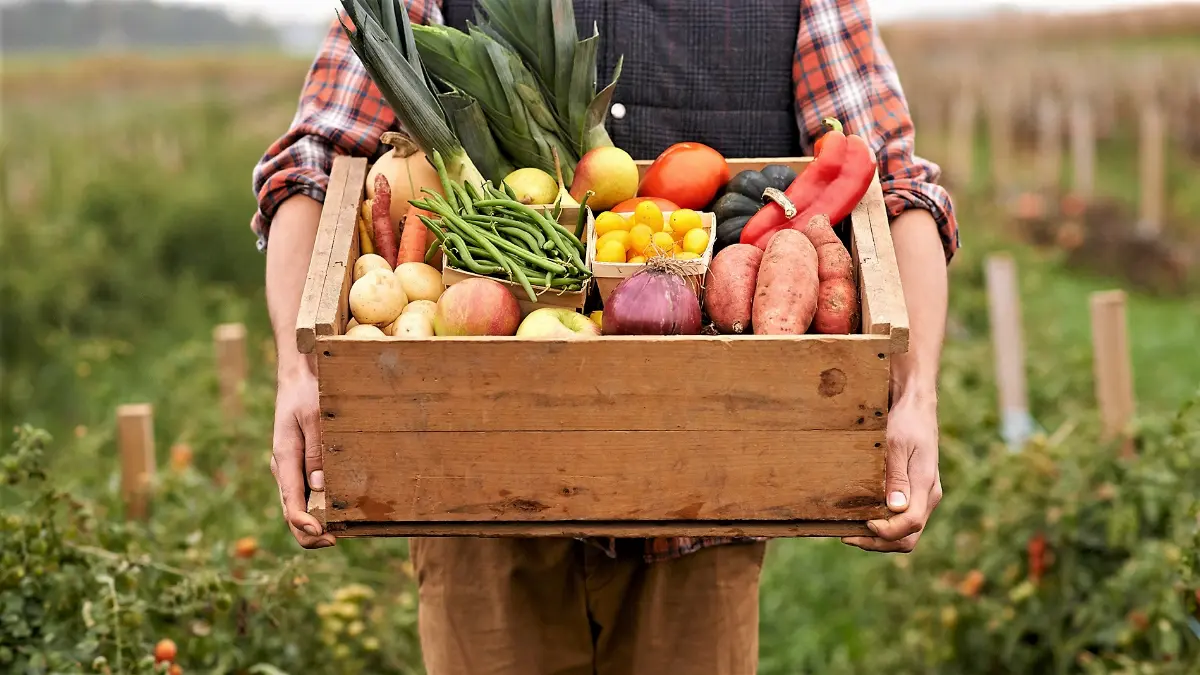
Ismea: Italian agri-food exports approaching 70 billion euros
The sector's trade balance returns to a surplus of over 430 million euros/Annex

Germany, France and the United States remain the top three destinations, followed by the United Kingdom, Spain, the Netherlands, Switzerland, Belgium, Poland and Austria. Among the growing sectors, cereal derivatives stand out, with an 8% increase in value.
The balance of the first six months of the year for Italian agri-food exports closed at +7.1%. With 34 billion euros in sales abroad made by Italian wines and foods, the prospect of reaching 70 billion euros by the end of 2024 is becoming increasingly concrete. The sector is showing significant growth, in contrast to the overall decline in national exports of goods and services (-1.1%), as emerges from the Ismea report on foreign trade just published. A result to which both the food industry contributed, with an increase in value flows of 7.7%, and the agricultural component (+3.4%).
In the same period, imports grew at a slower pace (+1.4% compared to the first half of 2023), thanks to the reduction in agricultural commodity prices after the surge in 2022, leading to a clear improvement in the Italian trade balance, which returned to positive territory and amounted to 433 million euros.
Looking at the dynamics of the outlet markets, Italian exports have increased across the board to most destinations. The double-digit growth stands out in the United States (+17%), where the increase was driven by Made in Italy flagship products such as wines, sparkling wines, extra virgin olive oil and pasta, and in Japan, where the increase in export value was almost 50%, after the setback observed in 2023. Excellent performances were also recorded in Romania (+11%) and Australia (+18%). Looking at the top 10 of the main markets, Germany, France and the United States are confirmed in the first three places, followed by the United Kingdom, Spain, the Netherlands, Switzerland, Belgium, Poland and Austria.
In terms of merchandise, exports of bottled wines are growing again (+2%), confirming their primacy among the most exported products, with a weight of 7.6% of the total and a value of 2.6 billion euros. The trend of sparkling wines is also positive, reaching almost 1.1 billion euros (+7%). Among the growing sectors, cereal derivatives stand out, with an increase of 8% in value, driven by bakery and pastry products, rather than pasta. The foreign turnover of aged cheeses is also increasing (+7.5%), fresh cheeses (+6%) and, more markedly, olive oil (+64%).
Moving the analysis to the passive side of the trade balance, imports, mostly composed of unprocessed raw materials and semi-processed products, showed a decline for the main cereals, soybeans, soy flour and palm oil. On the contrary, imports of the first two imported products increased significantly: unroasted coffee (+12% in value) and olive oil (+33%).
Attached to this EFA News is the full text of Ismea.
EFA News - European Food Agency